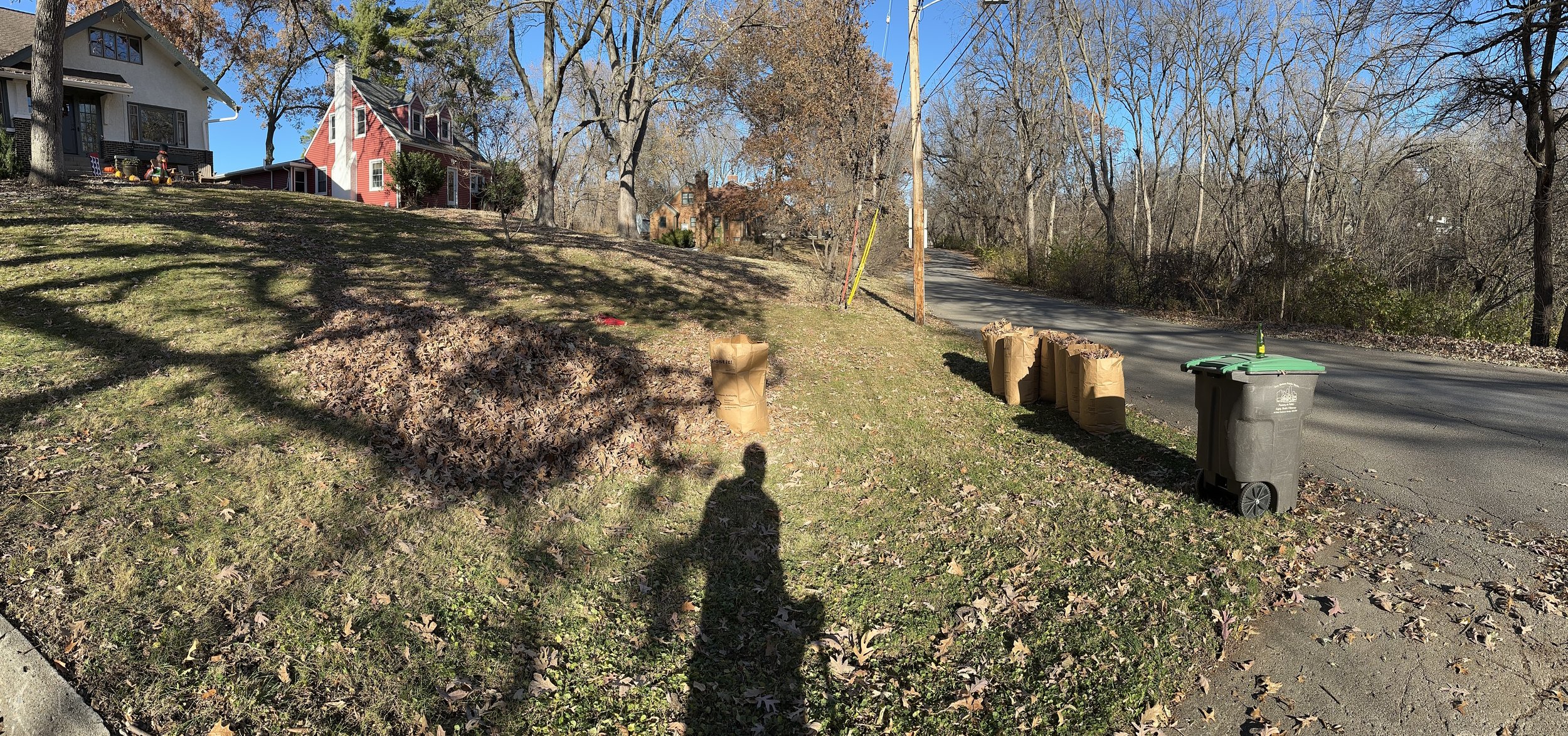Exercise to Help Blood Pressure
High blood pressure, or hypertension, is one of the most common diseases that I will have to treat in clinic. While medications are commonly used to manage this condition, incorporating regular exercise into your routine can be a powerful, natural way to lower and control blood pressure. We’re going to explore the connection between exercise and blood pressure, and how a proactive approach to physical activity can contribute to overall cardiovascular health.
Before delving into the role of exercise, let's briefly understand what blood pressure is. Blood pressure is the force exerted by blood against the walls of the arteries as the heart pumps it around the body. It is measured in millimeters of mercury (mmHg) and consists of two values: systolic pressure (the pressure when the heart beats) and diastolic pressure (the pressure when the heart is at rest between beats).
Making physical activity a family affair can instill good habits and help with the time crunch throughout the day. Photos from a family hike.
The Exercise-Blood Pressure Connection:
Aerobic Exercise and Cardiovascular Health: Aerobic exercise, also known as cardiovascular or endurance exercise, includes activities that elevate your heart rate and keep it elevated for an extended period. Engaging in activities such as brisk walking, jogging, swimming, or cycling helps strengthen the heart and improve blood circulation. This, in turn, can lead to a reduction in both systolic and diastolic blood pressure.
Strength Training: While aerobic exercise is often highlighted, resistance or strength training needs to be given it’s due. Incorporating weightlifting or resistance exercises into your routine can have a positive impact on blood pressure. Building muscle mass enhances the efficiency of blood flow and can contribute to long-term blood pressure regulation.
Consistency is Key: The benefits of exercise on blood pressure are most pronounced when physical activity is consistent and part of the routine. Aim for at least 150 minutes of moderate-intensity exercise or 75 minutes of vigorous-intensity exercise per week, along with muscle-strengthening activities on two or more days a week. This would be around 60-70% of the max maximum heart rate (220-age) or around 6-7 of the perceive exertion scale.
Mind-Body Practices: Incorporating mind-body practices such as yoga and tai chi can also play a role in blood pressure management. These activities emphasize controlled breathing, relaxation, and gentle movements, promoting a holistic approach to overall health.
Weight Management: Maintaining a healthy weight is crucial for blood pressure control. Regular exercise not only burns calories but also helps prevent weight gain or aids in weight loss, reducing the workload on the heart and improving cardiovascular health.
Consultation with Healthcare Professionals: While typically light-to-moderate physical activity and be utilized like an “over-the-counter” medication; It's essential to consult with healthcare professionals before starting a new exercise regimen, especially for individuals with existing health conditions. They can provide personalized advice based on individual health status and guide the incorporation of exercise into a comprehensive hypertension management plan.
The annual leaf bagging accounts to a good amount of exercise for me.
Conclusion:
Lifestyle changes incorporating physical activity, can be of great benefit to overall health. Striving for a minimum of 150-300 minutes a week has shown to be the range to maximal health benefits, which is about 30-60 minutes a day. To help with longevity and overall health, it is a very prudent thing to incorporate into the day-to-day routine.

